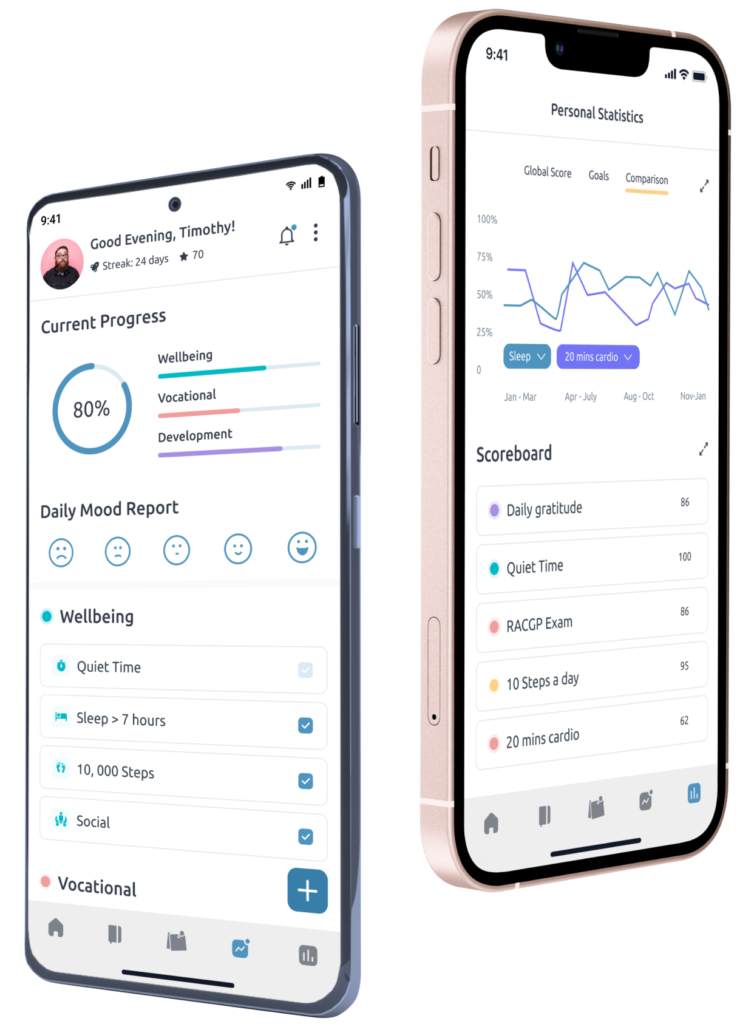Author: Dr Emily Shao, Dermatology Registrar

5 positive aspects of dermatology training
- Medical & Surgical: dermatology is one of the few specialties with both medical and surgical components. You can see immunological dermatoses one day, cut out skin cancers the next day, and do laser dermatology the day after.
- Minimal emergencies: there are a few dermatological emergencies – but not many! Whilst there is after-hours on-call work for registrars, compared to other specialties, there are only a few things that can’t be dealt with the next day.
- Ability to travel and train overseas: The dermatology college has a number of overseas accredited training sites – namely, the UK and Singapore. I am writing this post from a café in Singapore, and see it as a fantastic opportunity to travel and see how medicine is practised overseas.
- Job security during training: Once you enter the dermatology training program, you don’t have to apply for a new job every year. The college allocates you to sites within your state, so you don’t have to worry about an updated CV or interview yearly.
- Flexibility: Many dermatology trainees have been able to work part-time or take time off in the middle of training, and generally, they are well-supported to do this.
5 challenging aspects of dermatology training
- Exams: The dermatology exams in Australia are tough. There are multi-choice questions, essays, long cases, and short cases. There is a medical component, surgical/procedural component, and histopathological component. I have been told that many trainees start studying multiple hours a day up to two years before their exams.
- Strict leave processes: The dermatology college allows you to take only four weeks of annual leave and two weeks of sick leave a year, and some departments require you to take some of that annual leave over Christmas or New Year’s. Furthermore, there is no additional COVID leave. As such, trainees have to be very careful about their leave.
- Many consultants and many ways to skin a cat: You will work with many consultants during your training, which is a great way to learn. But you might find that your consultant one morning treats a condition slightly differently from the consultant in the afternoon. As a junior, navigating this can be challenging as you must figure out your way of treating conditions.
- Small teams and relative seclusion: In many hospitals, dermatology is a small department in the corner of the hospital. There might only be one registrar at the site and no residents. Because of the small teams, it can be difficult for departments to provide cover when people are on leave.
- Getting other teams to take your specialty seriously: Sometimes it takes a lot of time to educate and convince your medical colleagues about the devastating impact of constant, severe pruritus, and the debilitating impact of rare conditions they have never heard of. I find that a lot of other specialities have no idea what we do and thus don’t take the specialty seriously. And many specifically don’t consider the conditions our patients suffer seriously because, while highly morbid, they are usually not fatal.






